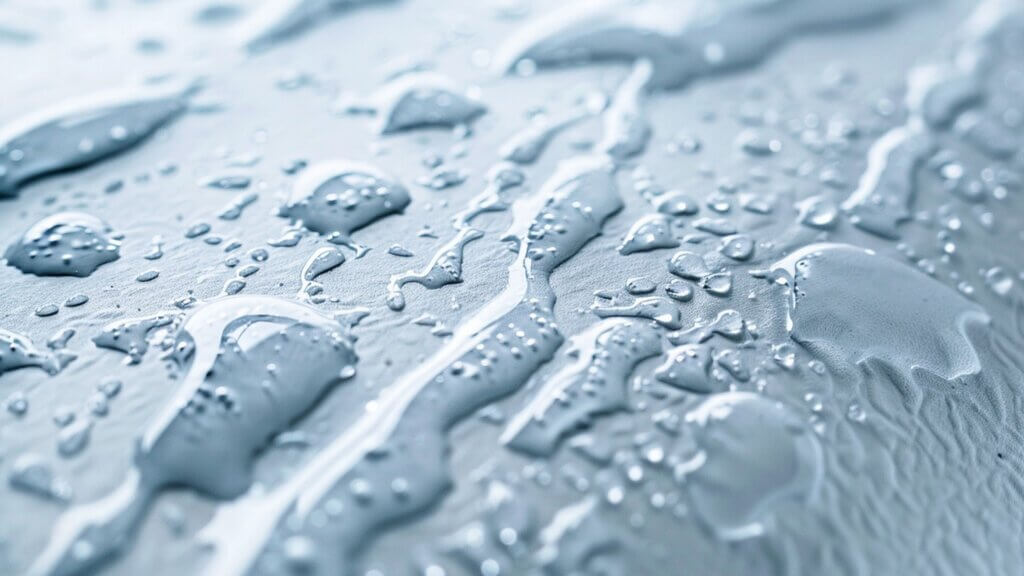Spray foam insulation plays a key role in reducing condensation in homes. This type of insulation blocks moisture and air leaks effectively. But does it stop condensation completely?
Let's examine its impact on indoor humidity and temperature control. Spray foam can significantly lower the risk of condensation. It acts as a barrier, keeping moisture out. This helps maintain stable indoor temperatures. As a result, it reduces the conditions that lead to condensation.
Each sentence here is designed to provide clear, valuable insight into the effectiveness of spray foam against condensation.
Condensation in homes occurs when warm air meets a cold surface, causing water droplets to form. This issue, if not tackled, leads to wood rot, damaged paint, and mold growth. Such damage not only spoils the look of a home but also poses health risks.
Poor insulation worsens the problem by allowing more cold surfaces where condensation can occur. Spray foam insulation can help by keeping temperatures more consistent, cutting down on moisture, and preventing condensation. This is especially useful in humid climates.
Spray foam insulation is a crucial tool against condensation in homes. Here are four ways it works:
Spray foam insulation blocks moisture. It stops external air from entering. This reduces condensation in humid areas. Closed-cell foam is especially effective. It keeps indoor temperatures stable.
Proper installation is crucial. It ensures no outside air gets in. This helps prevent condensation. Spray foam seals air, regulating humidity indoors. It keeps moisture off walls, windows, and ceilings.
In building insulation, managing temperature effectively is key. It prevents condensation and keeps indoors comfortable. Spray foam insulation is a top choice for this task due to its unique benefits:
Each point presents a straightforward benefit, focusing on practical outcomes without unnecessary details.
Spray foam insulation boosts building energy efficiency, slashing energy use and costs. It seals gaps, preventing air leaks, stabilizing indoor temperatures. This reduces heating and cooling needs, cutting energy bills and carbon emissions.

The closed-cell foam acts as a moisture barrier, preventing condensation and mold. Proper installation in high-humidity areas fights condensation. Thus, spray foam insulation is a smart choice for homeowners aiming to enhance energy performance and comfort.
Spray foam insulation is key in preventing mold in homes. It serves multiple functions:
Each point directly contributes to a mold-free environment. Spray foam does more than insulate; it acts as a comprehensive defense mechanism against moisture and mold growth.
Spray foam insulation boosts building resilience. It acts as a moisture shield, preventing surface condensation. This helps maintain consistent temperatures, reducing condensation risks.
Closed-cell foam, a kind of spray foam, effectively blocks moisture. This fortifies the structure. Proper installation combats high-humidity condensation. Spray foam keeps external air out. It ensures indoor temperature stability. This prevents condensation, strengthening buildings.
When using spray foam insulation, it's crucial to recognize its health risks.
Follow safety procedures to protect health during and after installation.